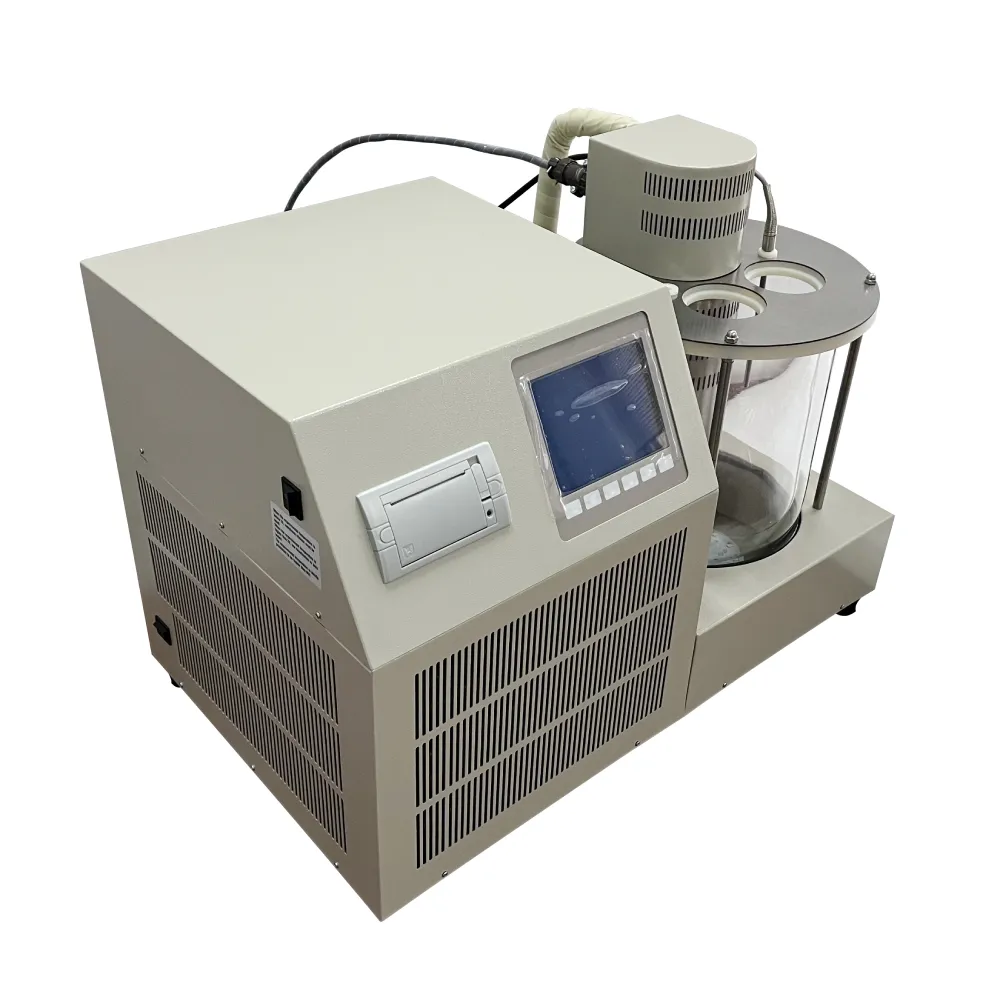 English
English



-
 Afrikaans
Afrikaans -
 Albanian
Albanian -
 Amharic
Amharic -
 Arabic
Arabic -
 Armenian
Armenian -
 Azerbaijani
Azerbaijani -
 Basque
Basque -
 Belarusian
Belarusian -
 Bengali
Bengali -
 Bosnian
Bosnian -
 Bulgarian
Bulgarian -
 Catalan
Catalan -
 Cebuano
Cebuano -
 China
China -
 China (Taiwan)
China (Taiwan) -
 Corsican
Corsican -
 Croatian
Croatian -
 Czech
Czech -
 Danish
Danish -
 Dutch
Dutch -
 English
English -
 Esperanto
Esperanto -
 Estonian
Estonian -
 Finnish
Finnish -
 French
French -
 Frisian
Frisian -
 Galician
Galician -
 Georgian
Georgian -
 German
German -
 Greek
Greek -
 Gujarati
Gujarati -
 Haitian Creole
Haitian Creole -
 hausa
hausa -
 hawaiian
hawaiian -
 Hebrew
Hebrew -
 Hindi
Hindi -
 Miao
Miao -
 Hungarian
Hungarian -
 Icelandic
Icelandic -
 igbo
igbo -
 Indonesian
Indonesian -
 irish
irish -
 Italian
Italian -
 Japanese
Japanese -
 Javanese
Javanese -
 Kannada
Kannada -
 kazakh
kazakh -
 Khmer
Khmer -
 Rwandese
Rwandese -
 Korean
Korean -
 Kurdish
Kurdish -
 Kyrgyz
Kyrgyz -
 Lao
Lao -
 Latin
Latin -
 Latvian
Latvian -
 Lithuanian
Lithuanian -
 Luxembourgish
Luxembourgish -
 Macedonian
Macedonian -
 Malgashi
Malgashi -
 Malay
Malay -
 Malayalam
Malayalam -
 Maltese
Maltese -
 Maori
Maori -
 Marathi
Marathi -
 Mongolian
Mongolian -
 Myanmar
Myanmar -
 Nepali
Nepali -
 Norwegian
Norwegian -
 Norwegian
Norwegian -
 Occitan
Occitan -
 Pashto
Pashto -
 Persian
Persian -
 Polish
Polish -
 Portuguese
Portuguese -
 Punjabi
Punjabi -
 Romanian
Romanian -
 Russian
Russian -
 Samoan
Samoan -
 Scottish Gaelic
Scottish Gaelic -
 Serbian
Serbian -
 Sesotho
Sesotho -
 Shona
Shona -
 Sindhi
Sindhi -
 Sinhala
Sinhala -
 Slovak
Slovak -
 Slovenian
Slovenian -
 Somali
Somali -
 Spanish
Spanish -
 Sundanese
Sundanese -
 Swahili
Swahili -
 Swedish
Swedish -
 Tagalog
Tagalog -
 Tajik
Tajik -
 Tamil
Tamil -
 Tatar
Tatar -
 Telugu
Telugu -
 Thai
Thai -
 Turkish
Turkish -
 Turkmen
Turkmen -
 Ukrainian
Ukrainian -
 Urdu
Urdu -
 Uighur
Uighur -
 Uzbek
Uzbek -
 Vietnamese
Vietnamese -
 Welsh
Welsh -
 Bantu
Bantu -
 Yiddish
Yiddish -
 Yoruba
Yoruba -
 Zulu
Zulu
dry type transformer testing pdf
Understanding Dry Type Transformer Testing
Dry type transformers are essential electrical devices used for stepping up or stepping down voltages in various applications, from industrial systems to commercial buildings. Unlike oil-filled transformers, dry type transformers use air as a cooling medium, making them safer and environmentally friendly. As with any electrical equipment, rigorous testing is crucial to ensure the reliability and efficiency of dry type transformers. This article will delve into the significance of testing dry type transformers, including the methods employed and the benefits derived from these tests.
Importance of Testing Dry Type Transformers
Testing dry type transformers is vital for several reasons. First and foremost, it ensures the safety of the equipment and the surrounding environment. Dry type transformers are less prone to leaks and explosions compared to oil-filled types, but they are not entirely risk-free. Regular testing helps identify potential issues like insulation breakdowns or overheating, allowing for preventive maintenance before catastrophic failures occur.
Furthermore, testing is crucial for verifying the transformer's performance. Proper functioning is essential for maintaining system efficiency and reliability. By conducting tests, operators can ensure that transformers operate within designed parameters, which significantly prolongs their lifespan and efficiency.
Common Testing Methods
Several testing methods are employed to assess the performance and safety of dry type transformers. These tests can be categorized into two main types routine tests and type tests.
dry type transformer testing pdf

1. Routine Tests These tests are conducted on every unit produced to ensure quality. They typically include - Insulation Resistance Testing This test checks the integrity of the insulation material within the transformer. High insulation resistance indicates good condition, while low resistance may signal degradation. - Power Factor Testing This method assesses the insulation's performance under operating conditions and helps identify moisture or contamination issues. - Winding Resistance Testing This test measures the resistance of transformer windings, which can indicate problems such as loose connections or damaged conductors.
2. Type Tests These are more comprehensive tests conducted on representative samples to determine the transformer's suitability for specific applications. Common type tests include - Temperature Rise Test This test evaluates the transformer's ability to regulate its temperature under maximum load conditions. It ensures that the transformer can handle operational stresses without overheating. - Short-Circuit Test This test simulates fault conditions to assess the transformer's ability to withstand short circuits without failing. It provides insight into the transformer's stability and mechanical strength.
Benefits of Testing
The benefits of testing dry type transformers extend beyond mere compliance with safety and performance standards. Regular and thorough testing enhances operational reliability, reducing the risk of unexpected failures. This, in turn, leads to lower maintenance costs and extended equipment life, ultimately saving resources for organizations employing these devices.
Moreover, testing provides valuable data that can inform design improvements and operational adjustments. By analyzing test results, engineers can identify trends and issues that may not be apparent during regular operations. This proactive approach fosters a culture of continuous improvement and innovation within organizations relying on dry type transformers.
Conclusion
In conclusion, the testing of dry type transformers is a critical process that ensures performance, safety, and reliability. With a variety of testing methods available—ranging from routine to type tests—organizations can effectively monitor transformer health and identify potential issues before they escalate. By prioritizing testing, businesses can safeguard their operations, protect their investments, and ultimately contribute to a more sustainable energy future.
-
Ensuring SF₆ Gas Safety: Introducing PUSH’s Integrated SF₆ Analyzer for Dew Point, Purity, and Decomposition MonitoringNewsJul.10,2025
-
Exploring the Main Types of Industrial Endoscopes and Their Applications Across IndustriesNewsJul.04,2025
-
Testing Equipment Industry Sees Major Advancements in 2025: Smart & Precision Technologies Lead the WayNewsJun.06,2025
-
Applications of Direct Current Generators in Renewable Energy SystemsNewsJun.05,2025
-
Hipot Tester Calibration and Accuracy GuidelinesNewsJun.05,2025
-
Digital Circuit Breaker Analyzer Features and BenefitsNewsJun.05,2025



